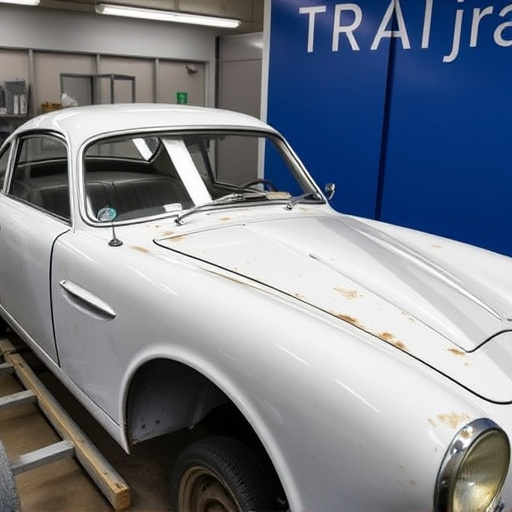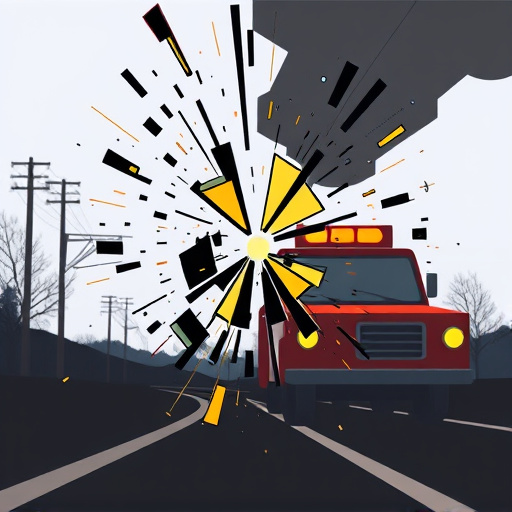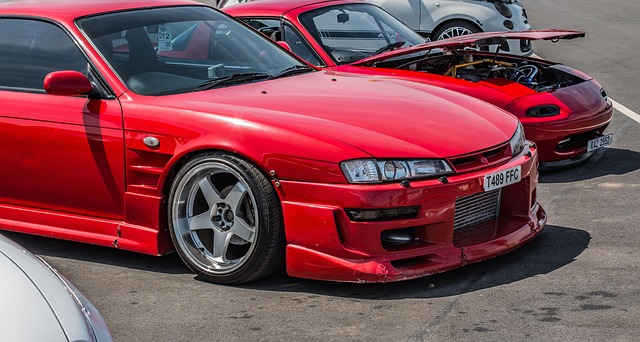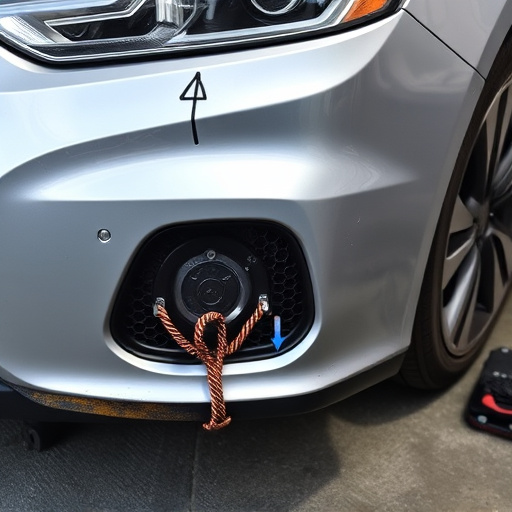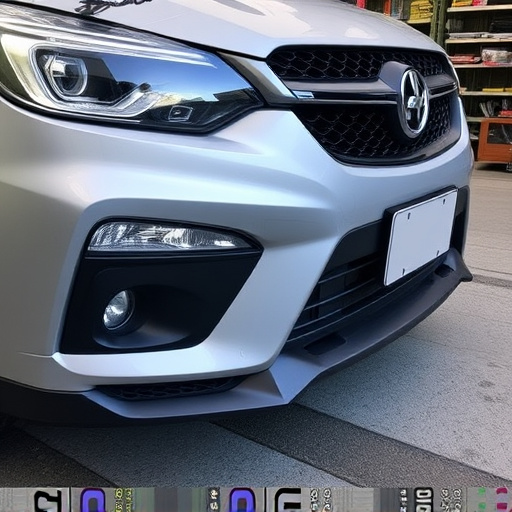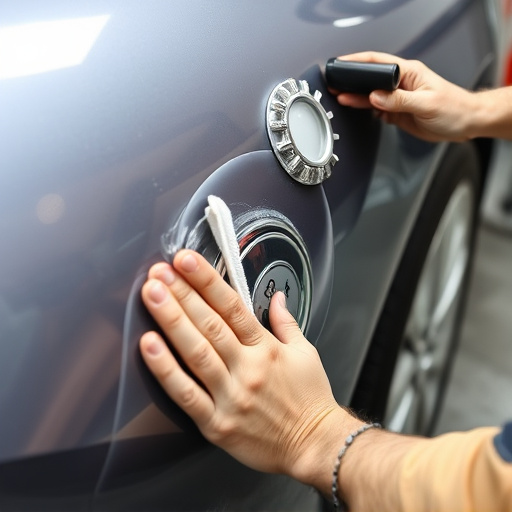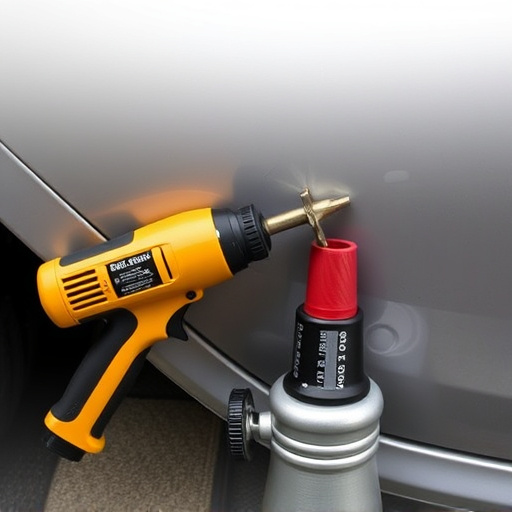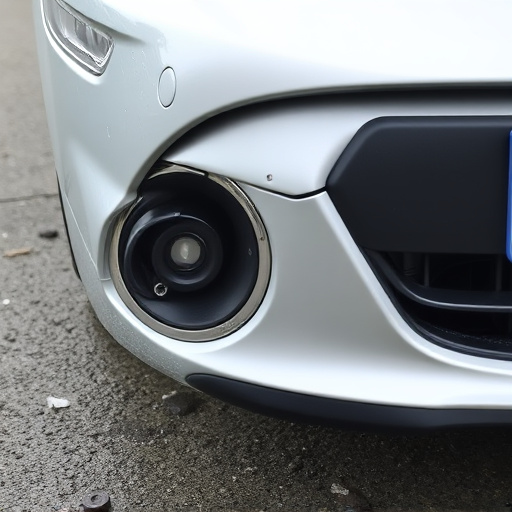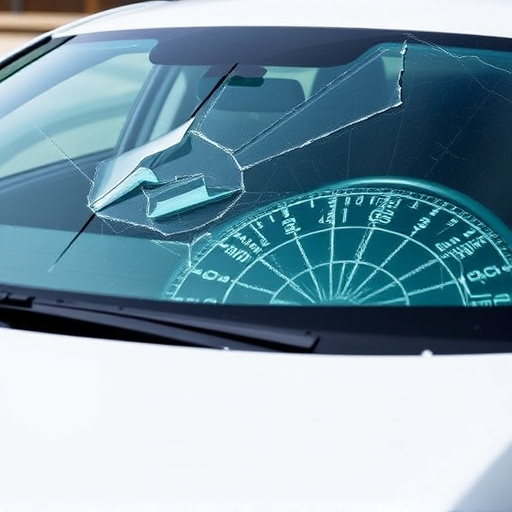Chrome repair restoration demands a deep understanding of metal alloys like stainless steel and alloy steels for flawless finishes. Stainless steel is renowned for its durability, corrosion resistance, and moldability, ideal for car body repairs. Alloy steels offer versatility and strength, crucial for collision and scratch repairs, ensuring seamless integration with original finishes. The choice of metal, whether stainless, aluminum, or specialized alloys, is pivotal for achieving exceptional chrome repair restoration outcomes tailored to diverse automotive needs.
Understanding the intricacies of metal types is crucial in the art of custom chrome repair and restoration. This guide explores the core components of this meticulous process, focusing on essential metal alloys and their unique properties. We differentiate between solid chrome, plating, and coating, offering tailored care instructions for each. Furthermore, we delve into restoration techniques specific to various metal substrates beneath chrome finishes, emphasizing material compatibility and proper surface preparation. Mastering these aspects ensures superior chrome repair restoration results.
- The Essential Metal Alloys in Chrome Repair
- – Exploring the most commonly used metals in chrome repair processes.
- – Discussing their unique properties and advantages.
The Essential Metal Alloys in Chrome Repair

When it comes to chrome repair restoration work, understanding the essential metal alloys is crucial for achieving a flawless finish. The most commonly used metals in this process are stainless steel and various types of alloy steel. Stainless steel is highly sought after due to its durability and corrosion resistance, making it ideal for both aesthetic and functional purposes in car body repair. Its ability to maintain a lustrous appearance, even under harsh conditions, makes it a top choice for chrome repair restoration on vehicles, ensuring long-lasting results.
In automotive collision repair or car scratch repair scenarios, alloy steel plays a vital role due to its versatility and strength. Different alloys offer unique properties, enabling precise metalwork and intricate details during the repair process. These metals are carefully chosen based on their compatibility with the chrome plating process, ensuring a seamless fusion that mimics the original finish. Whether it’s a car body repair or a more specialized car scratch repair, selecting the right metal alloy is fundamental to delivering exceptional chrome repair restoration outcomes.
– Exploring the most commonly used metals in chrome repair processes.
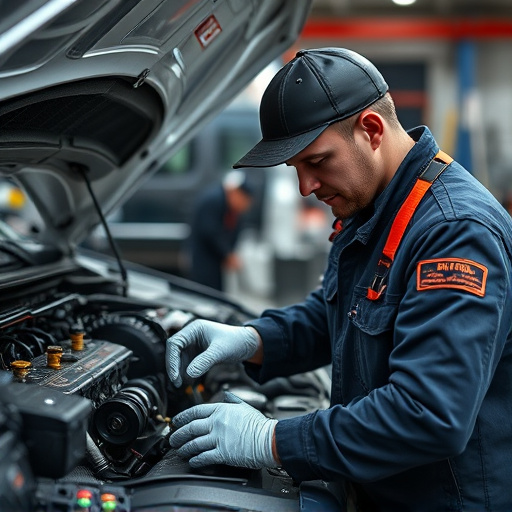
In the realm of chrome repair restoration, several metals play a pivotal role in achieving that lustrous finish. The most commonly used include stainless steel, aluminum, and various alloys specifically designed for automotive applications. Stainless steel, renowned for its corrosion resistance and durability, is a favorite among vehicle body shops seeking long-lasting repairs. Its versatility allows it to be molded into intricate designs, making it suitable for both simple and complex chrome accents.
Aluminum, lighter in weight but equally robust, is another metal of choice for many collision repair centers. This metal is particularly preferred for its excellent conductivity, which facilitates efficient heat treatment processes during restoration. Beyond these, specialized alloys are employed to cater to specific needs, ensuring that the final product matches the vehicle’s original specifications and aesthetic appeal. These options collectively empower auto glass repair professionals to deliver top-tier chrome repair restoration services across various metal types in their workshops.
– Discussing their unique properties and advantages.
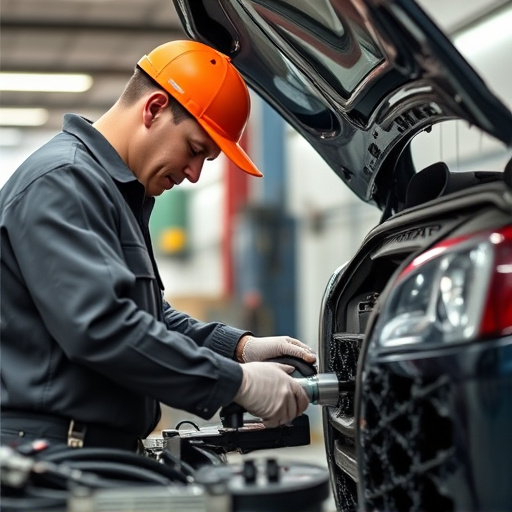
In the realm of chrome repair restoration, understanding metal types is key to achieving impeccable results. Stainless steel, for instance, stands out in automotive body shops and collision repair shops due to its exceptional corrosion resistance and high strength-to-weight ratio. This makes it a preferred choice for vehicle body repair, as it ensures longevity and durability, even under demanding conditions. Additionally, stainless steel’s lustrous finish enhances the aesthetic appeal of restored chrome parts.
Aluminum, another common metal in chrome repair restoration work, offers significant advantages in terms of light weight and excellent thermal conductivity. This makes it a top pick for those looking to streamline their vehicle’s design without compromising strength. Often used in high-end automotive applications, aluminum allows for precise manufacturing and intricate detailing, contributing to the overall quality of the restoration process. In the end, the choice of metal depends on the specific needs of the project, whether it’s a sleek look or superior structural integrity required for optimal chrome repair restoration.
In understanding the metal types integral to custom chrome repair restoration work, professionals can harness the unique properties of alloys like stainless steel, aluminium, and brass to achieve superior results. Each metal offers distinct advantages, from corrosion resistance in stainless steel to light weight in aluminium, catering to diverse restoration needs. By leveraging these knowledge, restorers can ensure longevity, enhance aesthetics, and preserve the historical integrity of chrome-laden artifacts, making custom chrome repair a true art form.


